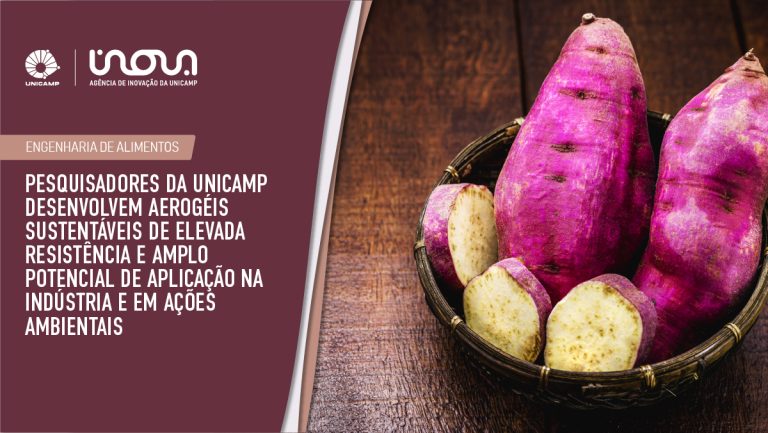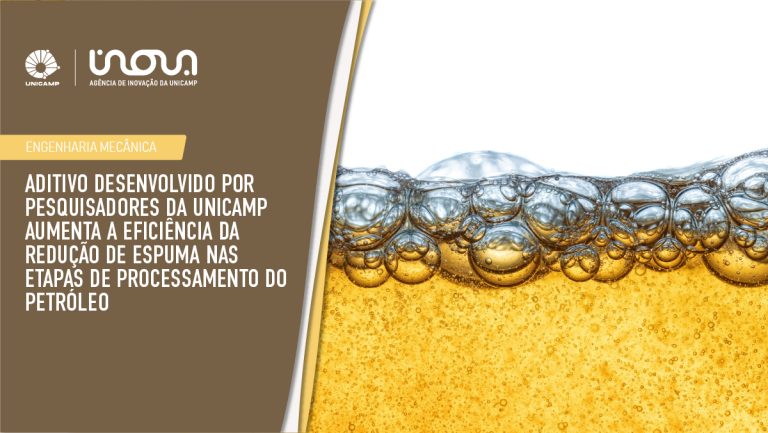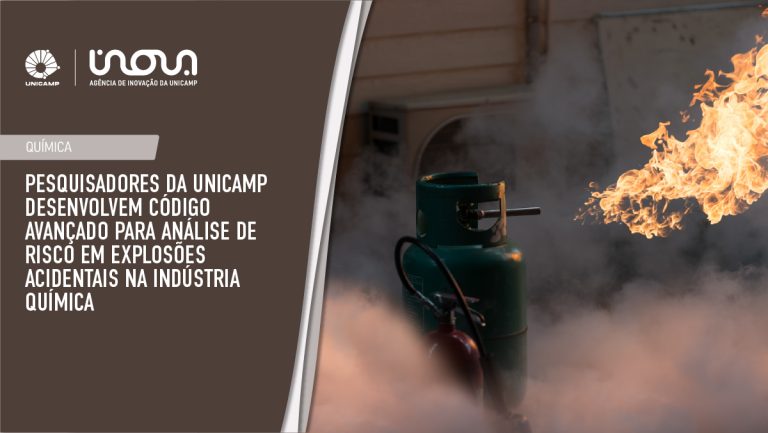Producing immobilized biocatalysts used in multiple bioprocesses including food, chemical and pharmaceutical industries, involves obtaining new inorganic solid support by using ores and using new solid support to immobilize biocatalysts
NOVELTY – Immobilized biocatalysts production involves obtaining a new solid support by using ores and using the new solid support to immobilize biocatalysts. The solid support is inorganic. USE – Method for producing immobilized biocatalysts on inorganic solid support for use in multiple bioprocesses including food, chemical and pharmaceutical industries. ADVANTAGE – The immobilized biocatalysts obtaining method is reproducible and enables to obtain the immobilized biocatalyst by using easily obtainable new solid support in cost-effective manner, where the obtained immobilized biocatalyst accelerates a reaction process about 30 times in compare to the reaction process using the enzymes in native form and is eco-friendly and reusable. DETAILED DESCRIPTION – INDEPENDENT CLAIMS are included for: (1) a system for immobilization of biocatalyst, which includes physical and chemical reactions to receive a load of enzyme, which is adsorbed firmly; and (2) a biocatalyst.
Main Application Field
B04 (Natural products and polymers. Including testing of body fluids (other than blood typing or cell counting), pharmaceuticals or veterinary compounds of unknown structure, testing of microorganisms for pathogenicity, testing of chemicals for mutagenicity or human toxicity and fermentative production of DNA or RNA. General compositions.); D16 (Fermentation industry – including fermentation equipment, brewing, yeast production, production of pharmaceuticals and other chemicals by fermentation, microbiology, production of vaccines and antibodies, cell and tissue culture and genetic engineering.); D13 (Other foodstuffs and treatment – including preservation of food, milk, milk products, butter substitutes, edible oils and fats, non-alcoholic beverages, artificial sweeteners, food additives and animal feed (A23B-L).)
INVENTORS:
MAUGERI FRANCISCO JR
AGUIAR DE OLIVEIRA ELIZAMA
186_ENZIMAS
Patent number: BR200706083-A2
PATENT STATUS:
GRANTED
FOR ADDITIONAL INFORMATION:
parcerias@inova.unicamp.br
+55 (19) 3521-5207 / 2607
This technology profile has been automatically generated.








